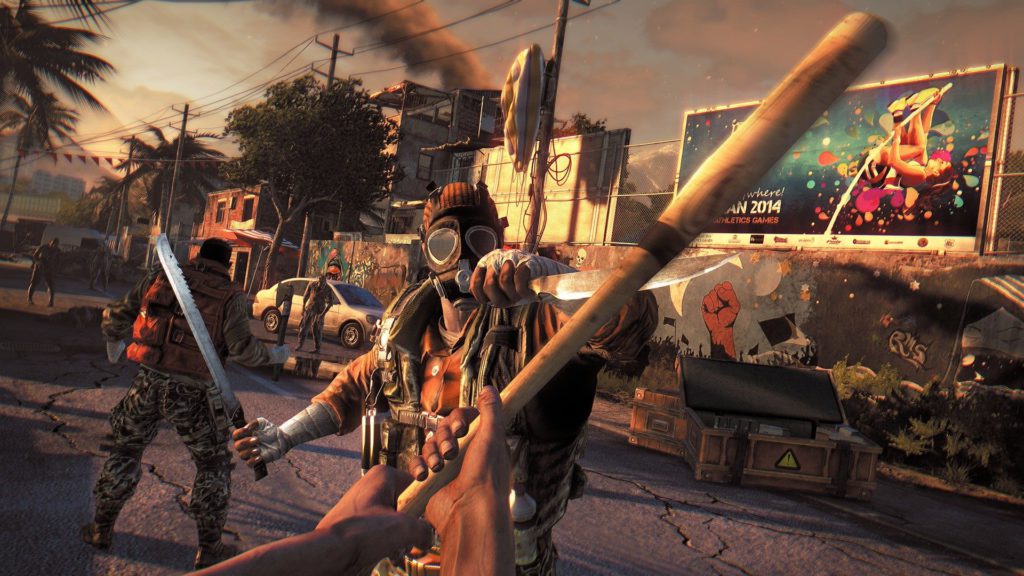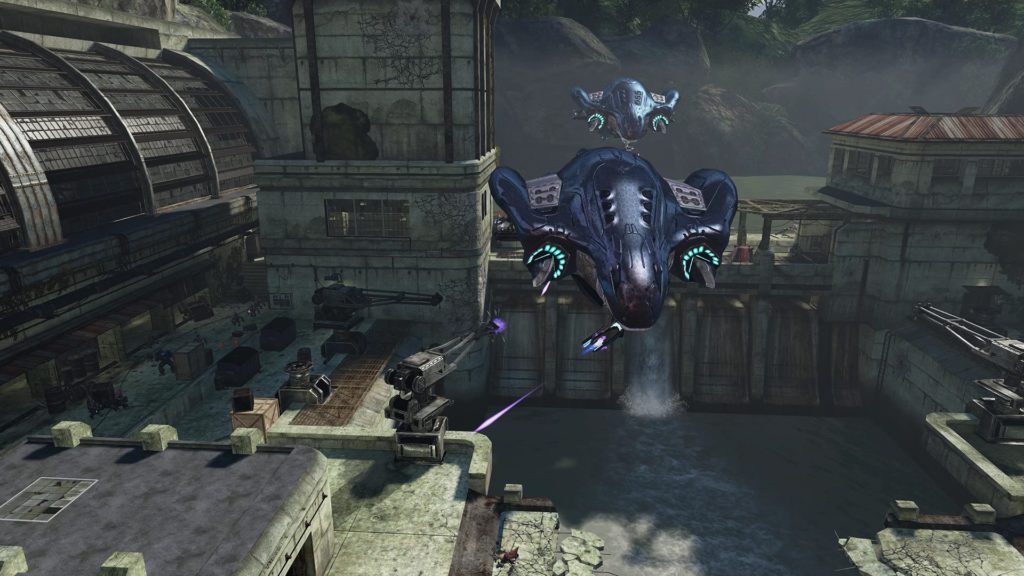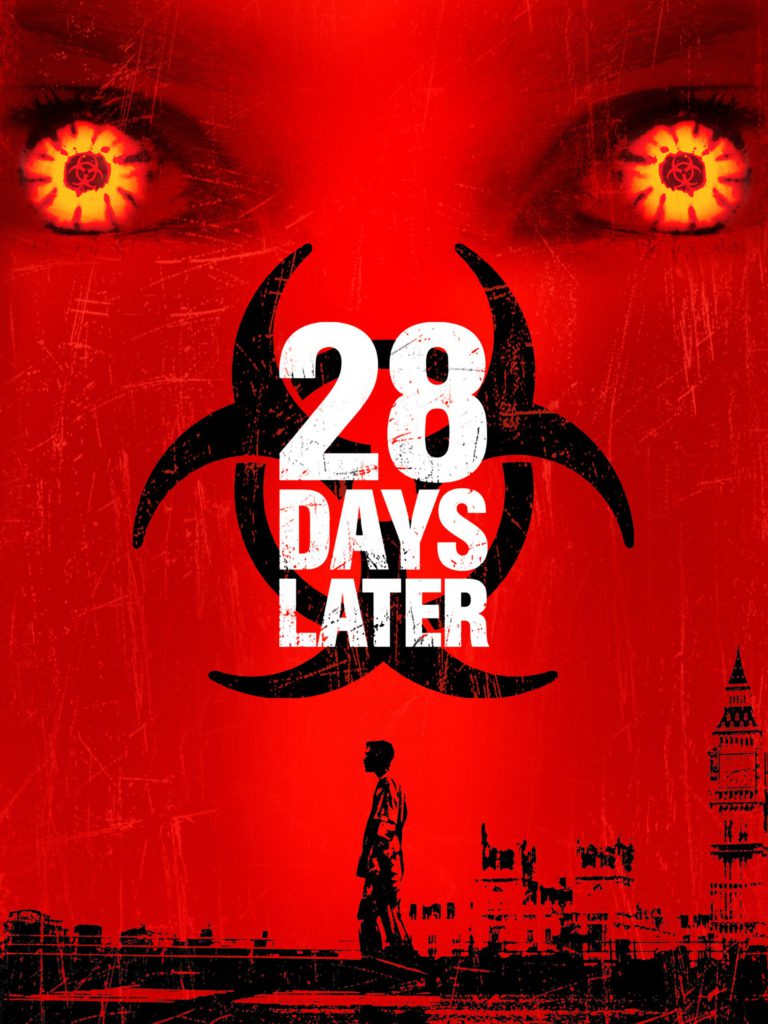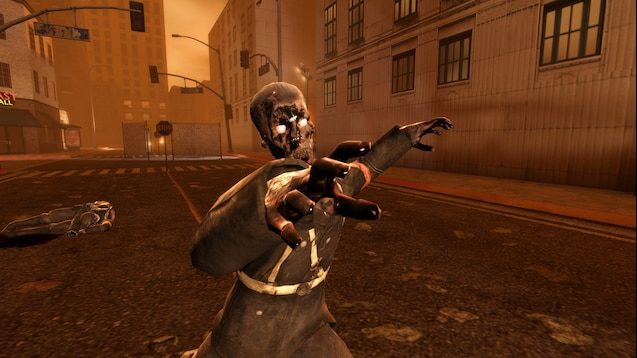Every disaster movie gets the same treatment as budget smartphones—endless sequels with minor tweaks that somehow make everything worse. Zombie flicks follow this pattern religiously, churning out variants faster than tech companies push security updates nobody asked for. Understanding these undead categories isn’t just entertainment—it’s practical knowledge for when civilization inevitably faces a crisis.
Each zombie type, from fungal infections that exist in nature to supernatural entities that defy basic biology, demands a completely different survival strategy. That’s why you need to skip the generic “aim for the head” advice and learn which threats deserve your attention versus which ones belong in the digital dumpster fire.
7. T-Virus: Resident Evil’s Bioweapon

Corporate negligence creates the ultimate consumer protection nightmare through Umbrella Corporation’s bioweapon research that produces zombies with impressive durability and cross-species mutation capabilities. Standard infected shamble predictably enough, though the virus spawns specialized variants like wall-crawling Lickers and nearly indestructible Tyrants that turn survival into a boss battle you never signed up for.
Ammunition conservation becomes critical survival strategy since headshots remain effective but require precise aim under pressure that most people lack. Practice dry-fire drills regularly to maintain accuracy without wasting expensive rounds—muscle memory saves lives when your hands shake from adrenaline. Surplus military ammunition costs lessthan specialty rounds yet performs adequately for zombie elimination when properly applied.
Environmental navigation skills matter more than firepower in contained outbreak scenarios, where knowing your surroundings determines survival odds. Learn building layouts, memorize alternate routes, and identify resource locations before infection spreads, since panicked evacuation leaves you blind and vulnerable. Cheap walkie-talkies enable team coordination when cell towers fail, while herbal first aid supplies—green herbs for basic healing, combinations for enhanced effects—provide medical support when hospitals become death traps.
6. Harran Virus: Dying Light’s Day-Night Terrors

Circadian rhythm disorders take a deadly turn in this infection scenario, where daylight hours feature manageable, sluggish infected individuals that pose minimal threats to prepared individuals. Nightfall triggers horrific transformations, turning these docile shamblers into athletic predators with parkour skills that shame most fitness influencers. The dramatic behavioral shift means your survival strategy must completely change based on the time of day.
Survival revolves around ultraviolet light weaponization since UV exposure creates safe zones against night hunters. UV flashlights cost under $40 and provide portable protection, though emergency flares burn through supplies quickly despite offering temporary sanctuary. Solar-powered LED arrays deliver sustainable lighting solutions for long-term fortification without draining precious battery reserves that you’ll need for other essential equipment.
Master vertical mobility immediately since basic parkour skills become essential survival tools rather than optional exercise routines. Community college gymnastics classes cost less than funeral expenses and provide fundamental movement training for urban environments. Practice rooftop navigation during safe daylight hours, memorizing routes between elevated positions because ground-level movement after dark equals suicide with extra steps.
5. The Flood: Halo’s Parasitic Intelligence

Conventional zombie rules crumble when facing parasitic organisms that absorb host knowledge and tactical capabilities, creating enemies that learn from every encounter. Each infected individual strengthens the collective intelligence, essentially giving your opponents that download your strategy in real-time and adapt accordingly. This exponential learning curve makes traditional combat approaches suicidal.
Standard ammunition proves ineffective against organisms that repair damage faster than bullets create it, forcing reliance on incendiary weapons as minimum viable options. Flamethrowers, thermite, or concentrated fire damage become essential tools—industrial welding torches cost less than specialized military equipment yet burn hot enough for effective field use against regenerating threats.
Containment strategies trump elimination attempts when facing exponentially learning enemies since resource depletion makes sustained combat impossible. Massive firepower application works temporarily but drains supplies faster than you can replenish them against infinitely adapting opponents. Nuclear options represent the only guaranteed permanent solution, assuming you can access such weapons and survive the aftermath of turning your neighborhood into a radioactive wasteland.
4. Rage Virus: The 28 Days Later Sprinters

Forget shambling corpses that move like dial-up internet—Danny Boyle’s rage-infected tear through landscapes with the fury of customers dealing with cable company customer service. Transmission occurs through blood and saliva contact, spreading faster than gossip in a small town, where symptoms manifest within seconds rather than the traditional zombie movie timeline.
Living humans driven to mindless aggression make these threats particularly dangerous because they retain human physical capabilities while losing all self-preservation instincts. Picture someone having the worst road rage episode imaginable, except it never ends and they want to bite your face off instead of just honking aggressively.
Distance management becomes critical for survival since elevated positions offer tactical advantages against infected who lack climbing intelligence. Barricades work temporarily, though their retained human strength means doors won’t hold long against determined assault. Early warning systems prove invaluable—cheap motion sensors from hardware stores cost less than medical bills and provide crucial advance notice. These infected eventually starve since they’re still biologically human, making outlasting them a viable strategy if you’ve prepared properly.
3. Call of Duty Zombies: Supernatural Chaos

Video game logic replaces biological plausibility in this arcade-style threat scenario where Element 115 creates zombies that grow stronger through mysterious wave mechanics that defy basic physics and energy conservation laws. Expect glowing eyes, supernatural strength increases, and enemies that spawn from thin air like lag-induced respawning in a broken online game.
Weapon upgrade systems become essential survival mechanics rather than optional power-ups you can ignore. Pack-a-Punch machines transform standard firearms into supernatural zombie-destroying tools, though Mystery boxes provide random weapon drops where luck determines usefulness more than skill. Save currency for essential perks like Juggernog, which increases damage resistance through unexplained supernatural enhancement that somehow makes bullets hurt less.
Area control strategies work better than elimination attempts against infinitely spawning enemies that multiply faster than you can reload. Circular movement patterns prevent being surrounded by growing zombie populations, turning survival into an endless running track where stopping means death. Train zombies into manageable groups, then eliminate clusters with explosive weapons or environmental traps since point accumulation through precise zombie elimination funds better equipment and defensive perks.
2. Cordyceps Infection: The Fungal Nightmare

Nature already perfected mind control millions of years before Netflix discovered “The Last of Us.” Real Ophiocordyceps unilateralis fungi turn insects into biological puppets, forcing infected ants to climb high before sprouting mushrooms from their skulls—essentially organic malware with a particularly gruesome update process.
Human adaptation remains pure fiction since our immune systems and body temperature create hostile environments for these fungi. The fictional version, however, operates like a biological trojan horse that hijacks neural pathways before transforming hosts into walking spore dispensers. Early-stage infected maintain human movement patterns, making identification tricky until the telltale clicking sounds emerge from late-stage specimens sporting facial mushroom gardens.
Respiratory protection becomes your primary defense system, functioning like antivirus software for your lungs that prevents spore inhalation. Quality N95 masks or better filtration gear provides essential barrier protection, though construction dust masks offer basic defense when proper respirators cost too much. Your environment choices matter equally—stick to well-ventilated outdoor spaces and avoid basements, caves, or anywhere moisture accumulates since fungi thrive in these conditions.
1. Freakers: Days Gone’s Evolving Horde

Pack mentality meets viral infection in this Northwestern nightmare scenario where individual Freakers pose manageable threats until their collective behavior creates exponential danger levels. Hordes move like liquid death, flowing around obstacles while maintaining coordinated hunting patterns that demonstrate disturbing intelligence far beyond typical zombie behavior.
Sound discipline separates survivors from corpses in this environment since every motorcycle backfire, dropped can, or loud conversation potentially attracts hundreds of infected specimens. Invest in quality sound dampening materials for vehicles and living spaces—cheap foam padding from auto parts stores reduces noise signatures significantly compared to expensive acoustic treatments.
Escape route planning becomes a mandatory survival protocol, as single-exit strategies often guarantee death when facing horde-level threats. Map multiple escape paths from every location, prioritizing routes that split horde formations and prevent being surrounded by flowing infected masses. Motorcycles provide optimal mobility through their fast acceleration, narrow profile, and fuel efficiency—practical features that matter more than comfort when outrunning death.





























